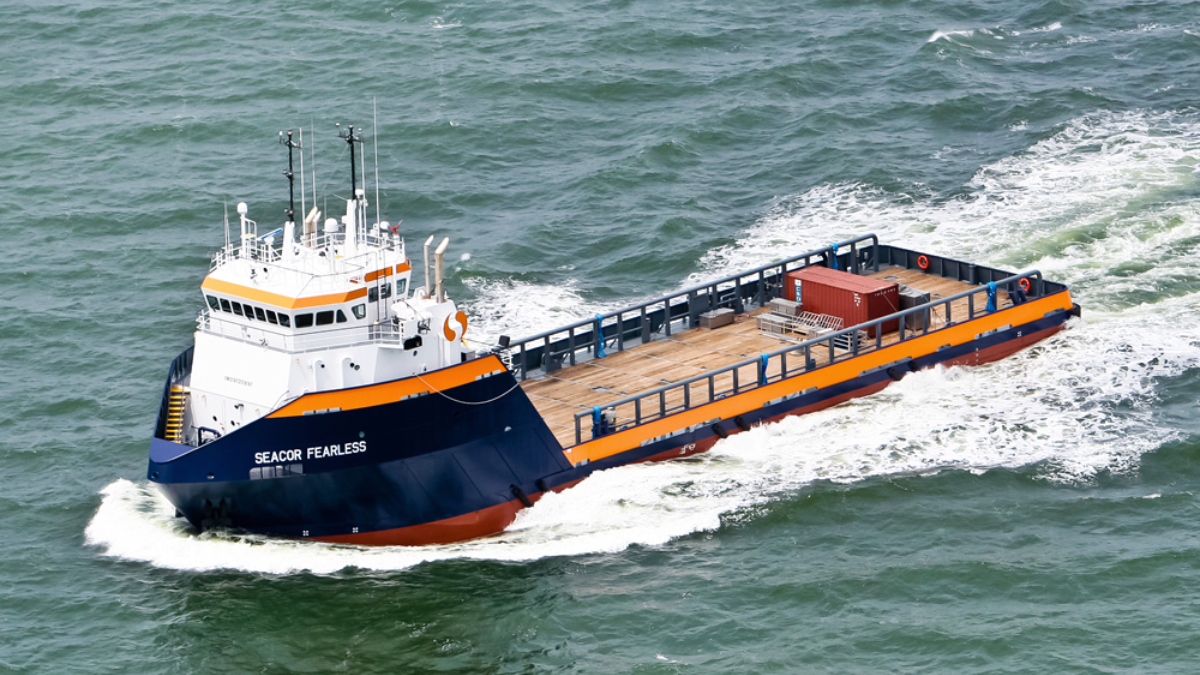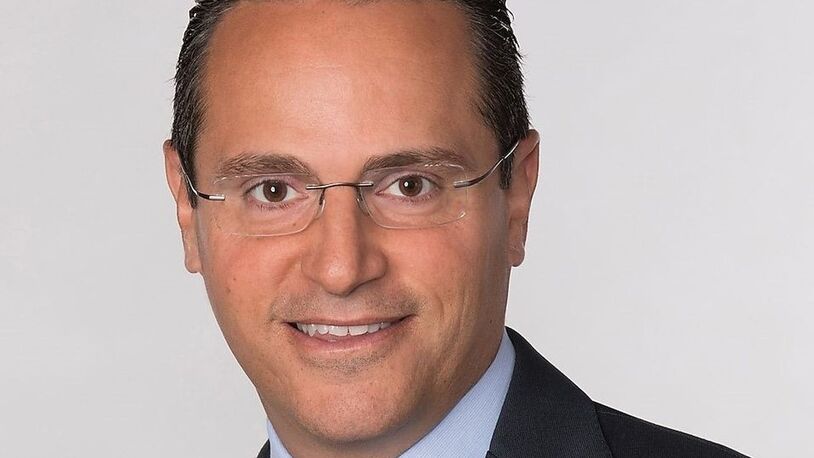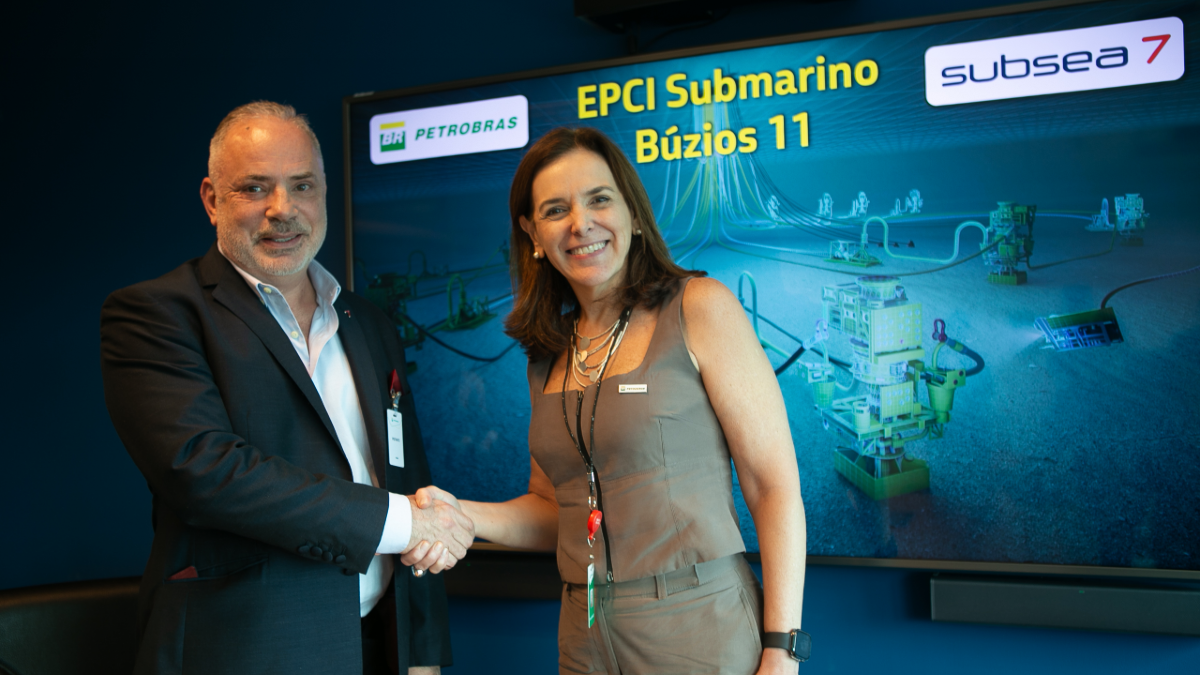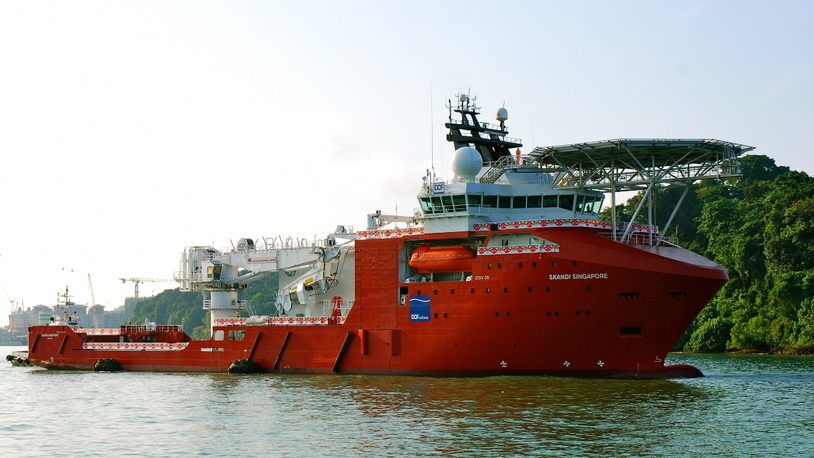Business Sectors
Contents
Trenchers are digging deeper all the time
IHC Engineering Business (EB) has a long association with the design, manufacture and supply of specialised ploughing and trenching equipment for the offshore sectors, and as Dr Steve Agar, a founding director of EB with 25 years of subsea experience, explained, as operators work in ever-deeper waters their requirement for innovative solutions increase in direct proportion to the depth at which they are working.
EB is currently completing the construction of two large pipeline ploughs and a number of smaller telecoms and power cable types. Additionally, EB recently delivered an innovative trenching machine, featuring chain cutters, for the burial of products in harder seabed conditions, and a host of other items designed to meet the client’s exacting demands.
“Who, a few years ago, would have contemplated a ‘wish list’ which included the ability to trench a range of products up to 500mm OD, to work in water depths down to 1,500m deep and capable of working in Sea State 5?” Dr Agar asked OSJ. “We are constantly faced with design challenges associated with new pipeline ploughs, meeting the future trends for power cable burial and the technical innovations associated with new generation trenching machinery.”
Prior to the establishment of the company in 1997, several key EB staff (including the founders, Tim Grinsted, Tony Trapp, Steve Agar and Mike Watchorn) had been directly responsible for many aspects of the development, design, construction, project management and operation of many pipeline trenching ploughs, including the majority of those then in worldwide service. Since forming EB, the company has been involved in numerous upgrades to existing plough systems, in addition to delivery of the Sea Titian 1 and 2 pipeline ploughs to Horizon Offshore and J Ray McDermott.
The company is now reaching the final stages of delivery of the latest, next generation, deepwater pipeline models. The new PL3 and BPL3 ploughs for Saipem (pictured) are destined to be the largest subsea types that EB has developed. Designed to handle pipeline diameters of up to 1.55m, in water depths of 1,000m, they will be used for the burial of main pipeline trunk routes across the globe. The latest design follows the theme of ploughs being specified for ever-larger pipe diameters, to match technical advances.
The larger the pipe diameter, the more issues designers face. The geometry of the plough obviously increases, with the shares and pipe handling equipment enlarged. The greater diameter also means that shares have to create a deeper trench to ensure that the spoil cover, between the top of the pipe and the seabed, is maintained, thus meaning an increase in the scale and geometry of the shares.
The larger shares impact on the full trenching spread, as the volume of material removed from the seabed increases approximately in proportion to the cube of the trench depth. Greater material removal requires greater towing force, or vessel bollard pull, as with the new Saipem ploughs, which are being supplied for a custom built ship currently nearing completion at the Aker (STX Europe) Langsten yard.
Farstad’s new trencher, Far Samson, will be the highest performance vessel in its class, designed to allow the plough to be towed with a maximum continuous pull force of 350 tonnes, and a maximum peak pull of 400 tonnes to allow the plough to progress through harder soil conditions. This compares to bollard pulls on the previous Saipem trenching vessel of less than 300 tonnes. It has sufficient deck space to accommodate both PL3 and BPL3 units simultaneously, and it is therefore possible to switch between ploughs at sea.
Larger pipeline diameters require thicker walls for structural integrity, with increased buoyancy of the pipeline mitigated by concrete coatings. Such parameters increase both the mass per metre of the pipeline, and stiffness of the pipe, which both have a direct impact on the pipe handling equipment incorporated on the plough.
Typically, a plough has front and rear roller boxes which support and guide the pipe from the sea bed in front of the plough, through the shares and into the freshly created trench. All of this dictates the shape of the catenary, with a larger bend radius meaning a greater length of product is raised off the sea bed. This means that a greater length of product also has to be supported.
“We were asked to design a trenching spread matched to the exceptional capabilities of Far Samson,” explained Mike Crosby, a senior engineer at EB. “As such, the new PL3 plough will weigh in the region of 200 tonnes, is 22m long and has 100 tonne capacity pipe handling equipment front and back; it can create a 2.5m deep trench after a multi-pass, and a 2.3m maximum trench when single passing. The control system will be built into the ship’s bridge module, and this, together with the use of a buoyant control umbilical, will greatly increase productivity in comparison to previous spreads.”
BPL3 is unlike any previous backfill plough. In order to reduce the risk of damage to the trenched pipeline, its front skids run outside the trench. As a result, it has been designed to fold into itself, rather like a spider, for launch and recovery. Its design ensures that it is possible to launch the plough in the correct orientation, to save time during deployment.
Assembly of both the PL3 and BPL3 is now well advanced at EB’s Hadrian Riverside facility, with maximum advantage taken of the proven North East of England supply chain. Delivery is due in early 2009 and will be followed by extensive offshore commissioning.
After the slump in subsea telecoms that followed the dotcom crash in the early part of the decade, the industry has recently seen an upsurge in demand for new and upgraded cable ploughs from telecoms installers. In what is proving to be an increasingly busy sector, Sea Stallion ploughs are also being used at the majority of new offshore windfarm projects to install and protect submarine power cables.
Following the recommissioning of two Sea Stallion 3 ploughs, EB recently received an order from Tyco Telecommunications in the US for an all new Sea Stallion 3 plough system. This was scheduled to have been delivered by the end of 2008.
“We are delighted to see this workhorse back in demand,” says Dr Tony Trapp, EB’s managing director. “A Sea Stallion 3 has been mobilised on CS Durable by Tyco and has been working hard in the South China Sea; a second has been bought back into service by Tyco to support cable operations in the Atlantic, and now the company has ordered a third Sea Stallion 3. This is an important milestone, since it is the first new plough system we have supplied to the submarine telecoms industry since the 2001 collapse.”
The new plough being built on Tyneside for Tyco will be capable of burial up to 3m, able to work in water depths down to 2,000m and be supplied with a buoyant umbilical to shorten launch and recovery times and improve productivity; it will also feature advanced controls in a 20ft air conditioned cabin. Like all EB cable ploughs, it has a unique share design that allows aggressive cable burial in a wide range of seabed conditions, whilst minimising residual tension in the installed cable. Advanced SCADA/PLC based controls permit accurate operation of the plough whilst providing comprehensive ‘as laid’ data.
Demand for cable ploughs is not only coming from the telecoms sector, however. The burgeoning UK offshore wind industry has led to EB’s clients lining up numerous, simultaneous, installation contracts for 2009 and onwards. As windfarm developments grow in size, so too do the cables that export the power to shore. Larger diameter, stiffer power cables are now present on projects, requiring modifications to previously supplied ploughs to widen their cable passages. The need to match the internal plates of cable plough shares to the cables on a specific project has led to EB conducting a series of modifications to a previously supplied Sea Stallion 4 cable plough.
Typically, specifications on offshore wind projects have required cables to be buried up to 2m in hard ground. Where greater protection is required, in softer seabed conditions, EB has provided jetting boots to fluidise the seabed and allow the plough share and body to sink deeper into the ground, thus providing greater protection. Sea Stallion 4 ploughs, equipped with such boots, have proved a very effective means of achieving 3m burial in softer conditions.
Cable installation contractors in the offshore wind sector, driven by their clients’ demands, are increasingly requesting equipment with even deeper burial capabilities, such as full 3m burial of large diameter cables, in hard seabed conditions.
To meet this requirement, the Sea Stallion 4 cable plough has been redesigned to produce an even more capable unit. The philosophy of the Sea Stallion 4 design remains, resulting in a simple, robust plough capable of 3m burial in hard seabed conditions – the Sea Stallion 4-XL. This new plough features the same unique EB share design that results in aggressive burial but low residual cable tension. The plough structure has been generally strengthened to allow it to be pulled with greater tow force, up to 250 tonnes, and to achieve the required 3m burial.
Related to this Story
Events
TUGTECHNOLOGY '25
Reefer container market outlook: Trade disruption, demand shifts & the role of technology
Asia Maritime & Offshore Webinar Week 2025
Marine Lubricants Webinar Week 2025
© 2024 Riviera Maritime Media Ltd.













